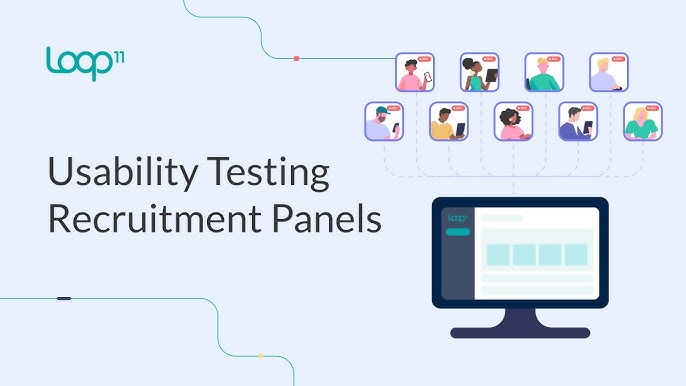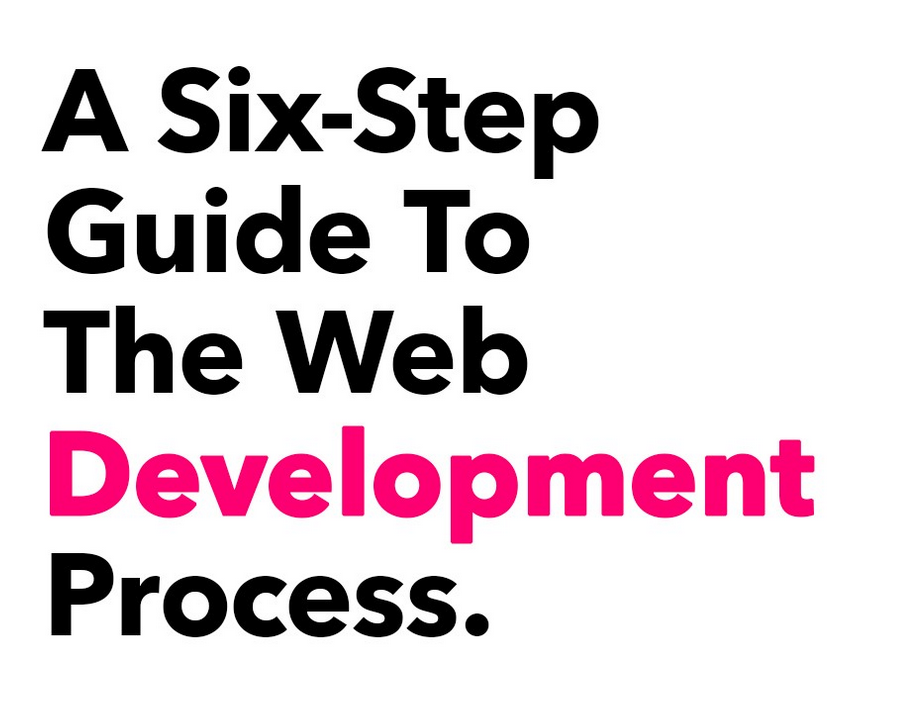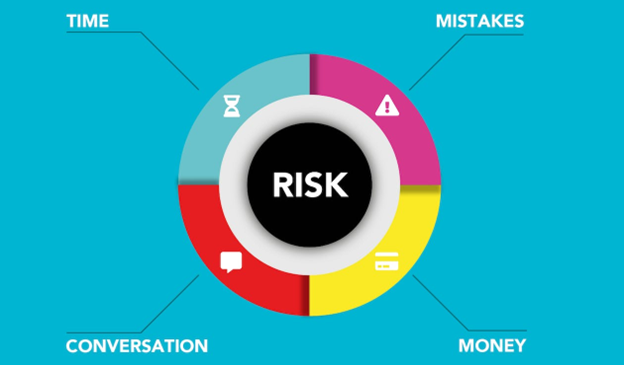I’ve been in UX for about 10 years now, and over this decade, I’ve heard countless excuses for cutting corners, especially when it comes to usability testing. One of the most common excuses is simply not having users to talk to.
However, finding users isn’t as challenging as it might seem. In this article, I’ve put together a tier list of various places where you can locate potential users. This tier list also serves as a reminder that you have options, even when real life doesn’t allow for perfection.
Without further ado, let’s start with S tier, as we descend to the very bottom.
S Tier: Existing target end-users
When it comes to recruiting users, nothing beats reaching out to real end-users. First, it’s straightforward—you (or your marketing team) already have access to them. Second, it doesn’t have to cost you anything; you can compensate users for their time with in-product perks. Finally, it doesn’t get any more representative than this; these are the end-users who have a genuine need and whose opinions matter the most.
If you work in an agency, make sure your client facilitates contact with the end-users. A tip: as an agency representative, position yourself as a professional advisor, not as someone asking for a costly favor. Establishing this dynamic can significantly reduce issues with stakeholder buy-in. That way, you can have an easier time integrating design into the broader business picture, resulting in something akin to ux strategy.
But what if your product isn’t launched yet? Your competitors’ products are. It doesn’t require much espionage to locate enough users for usability testing sessions. More on that in the next chapter.
A-B Tier
Though I’ve listed the following recruiting approaches under tiers “A” and “B”, these are very much the standard practice for new products. The distance between tiers S and A is much smaller than that of B and C.
Users in a similar industry
When direct access to your own end-users isn’t an option, a great alternative is to reach out to users in a similar or identical industry. These users can provide valuable insights and feedback that closely mirror what you might expect from your target audience. Start by exploring competitors’ forums, where you can engage with users discussing similar products or services. This method can help you gather honest opinions and observations.
Beyond forums, there are plenty of other avenues to explore. Platforms like Facebook, Reddit, Quora, and various review websites host active communities where users share their experiences and insights. These communities can be treasure troves of information and potential usability testing participants.
However, it’s crucial to approach these spaces with caution. Being too aggressive or appearing spammy can quickly get you banned, cutting off a valuable resource. The best strategy is to be genuinely active in these communities on an ongoing basis. Build a presence and establish credibility by contributing meaningfully, rather than only showing up when you need a favor. Consistent engagement fosters trust and makes it easier to request participation when the time comes.
Generic users
Not every product requires a highly specific user base for usability testing. In fact, it’s rather few. Sometimes, insights from casual users can be just as valuable, especially when the product’s target audience is broad or the features being tested are universally applicable. In such cases, recruiting a more general audience can be both practical and cost-effective.
Which audiences are broad enough? Personally, I don’t have a rule of thumb. You could think of it as a continuum between a design for a bioreactor management app and a product that turns images into PDF documents.
Additionally, casual users don’t have the curse of knowledge. They can provide a fresh perspective and highlight usability issues that more experienced or specialized users might overlook. They can help identify confusing elements, cumbersome processes, or unexpected challenges that could negatively impact a new user’s experience.
At the very end of the article, there’s a list of services that help designers recruit users for research.
C Tier
I’ll be frank, the number of times I’ve heeded advice that I’m about to give you is abysmally low. As I said before, there’s a bit of a chasm between tiers B and C. That said, tier C, especially for things like student projects, is acceptable. Behold, guerilla testing.
In a nutshell, this is about talking to friends, colleagues, or other acquaintances. While they may not perfectly represent your target audience, they can still help identify surface-level issues, such as navigation difficulties or unclear instructions.
F — the worst tier
There’s an infinite gap between this tear and the one above. The worst thing you can do with usability testing is not have it. True, usability testing has limitations. True, it’s not a silver bullet or a magic wand. True, there are other validation methods. However, when usability testing is indeed the best course of action, not doing it — is shooting your product in the leg.
(Almost) definitive list of where to find users
Now that we’re done with tears, below is the list of user recruitment services. Most will help you find generic users.
| Resource | Description | Price |
| Loop 11 | UX tool for designers, marketers, and product managers for usability testing | Starting at $199/mo |
| UserTesting | A platform for on-demand human insights and user feedback | Starts at $49 per session |
| Respondent | Marketplace to find and schedule research participants | Starts at $39 |
| Lookback | User research platform with integrated participant recruitment | Starts at $25 |
| User Interviews | Tool to find, schedule, and pay participants for research studies | Starts at $36 per session |
| TestingTime | Service to recruit test users from a large pool | About $25 per user. Depends on the type of testing. |
| Userlytics | Remote usability testing service with participant recruitment | Starts at $49 per participant |
| PlaybookUX | User research platform offering participant recruitment for usability testing | From $267 per month |
| Prolific | Academic and commercial research platform with access to a diverse pool of participants | From $8 per hour |
| SurveyMonkey Audience | Survey platform with access to a wide range of respondents for usability testing | From $30 per user per month |
While not a specialized recruitment platform, I’ve also seen people use Upwork for this purpose. That said, I neither discourage nor vouch for it.
Bottom line
The key takeaway from this article is that access to users should never be a barrier to conducting usability testing. If you’ve been concerned about finding users, I hope this tier list has shown you that there are plenty of alternatives available. By exploring different options, you open up new possibilities for gathering valuable feedback.
Remember, the more avenues you consider, the less likely you are to abandon the process altogether. Embrace the variety of methods at your disposal, and don’t let the lack of perfect conditions deter you from making meaningful improvements to your product.
- Usability Testing Recruitment Tier List - August 13, 2024
![]() Give feedback about this article
Give feedback about this article
Were sorry to hear about that, give us a chance to improve.
Error: Contact form not found.




